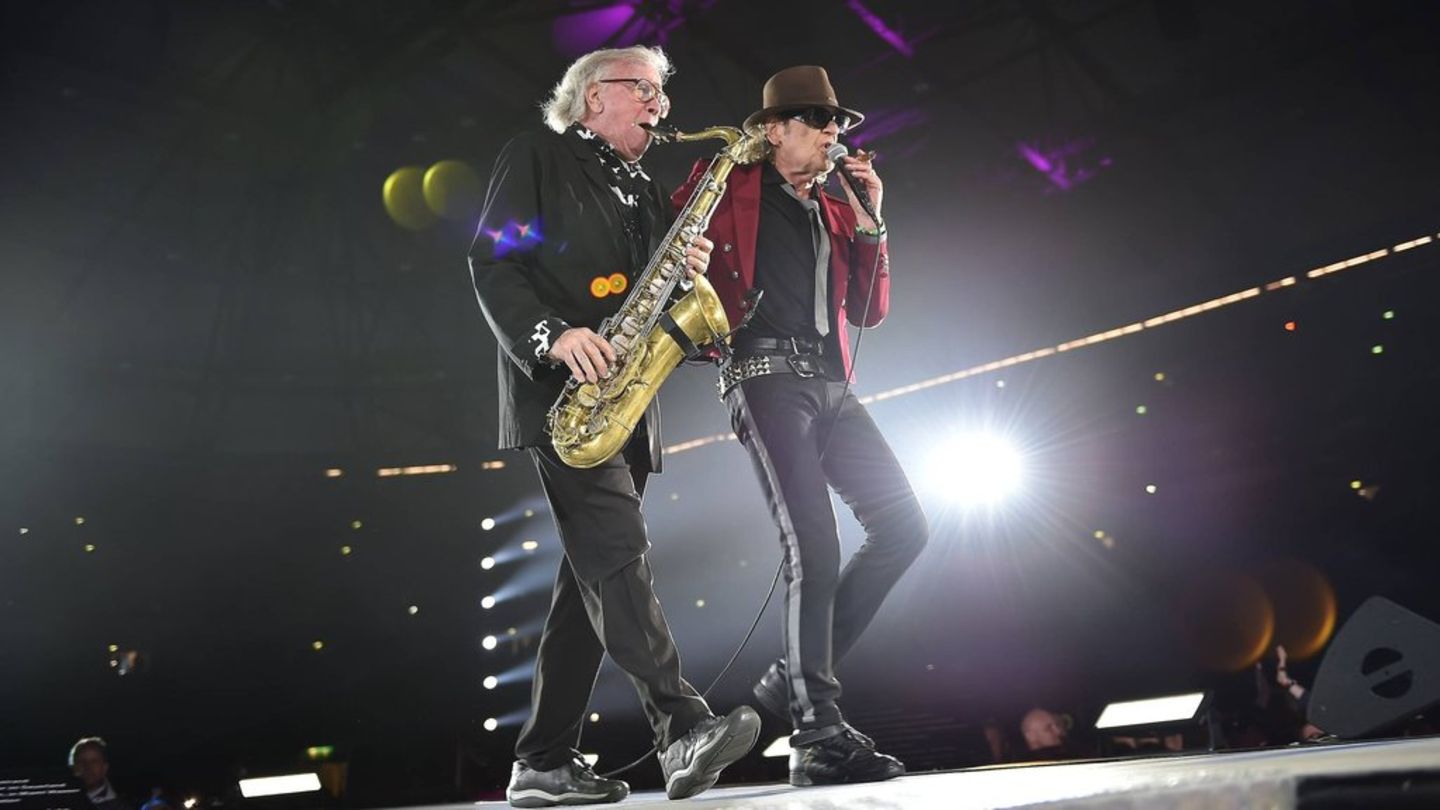It is hard to believe that one of the German premium manufacturers is still presenting a car without a plug these days. We are pleased that Audi is daring to take the step and, in addition to the ubiquitous E-Tron models, is also sending the fun-maker RS3 into the arena – faster and more dynamic than ever. And guaranteed without a plug.
Even the production model of the Audi A3 is significantly sportier, more snappy and more ambitious than its predecessor. It starts with the design and extends through the drives to technology and drive. Nobert Gossl, one of the RS3 engineers in charge, proudly says that “this is the first Audi with a standard torque splitter that really increases the game in terms of dynamics”. The previous Audi RS3 used a Haldex limited-slip differential that weighed about the same at 36 kilograms, “but the fact that we can now vary the torque on the rear axle completely from one wheel to the other opens up a number of new possibilities with handling of the car, “he clarifies. Audi wants to install this torque splitter, which was developed jointly with Volkswagen for the Golf R and will also be used in Cupra models, in most of its future sports models with combustion engines: “Electric sports cars can already have two electric motors on the rear axle that produce a similar effect, “admits Goll, and by that he probably means the Audi E-Tron S Sportback.
The effect of the torque splitter is that it increases the drive torque on the outer rear wheel with the higher wheel load and thus reduces the tendency to understeer to a minimum. In left turns it transfers the torque to the right rear wheel, in right turns to the left rear wheel and when driving straight ahead to both wheels. The aim is to optimize stability and agility at high cornering speeds. Just like the sportier versions of the A3 and S3, the modular driving dynamics controller in the new Audi RS3 ensures a more precise and faster interaction of the chassis systems by recording the data of all components relevant to lateral dynamics. It synchronizes the two control units of the torque split, the adaptive dampers and the wheel-selective torque control.
Further chassis improvements on the new flagship model of the compact class include increased axle stiffness to withstand the higher G-forces during powerful drifts and lateral acceleration, a greater negative camber on the front and rear wheels, less ground clearance (25 mm compared to the normal A3 and 10 mm more compared to the S3) and a significantly wider track (33 mm more on the front axle and 10 mm more on the rear axle). As before and always unusual for a car, the front tires are wider than the rear ones – 265/30 compared to 245/35, both with 19-inch rims – and wider than the previous RS3, which only ran on 235 tires.
Another important development has to do with the broader division of the optional adaptive damping: from the Dynamic to Comfort driving modes, the range is now ten times larger and the response of the hydraulic fluid, which changes the response of the dampers, only takes ten milliseconds. Ceramic brake discs are also available on request at the front and, together with the RS Dynamic package, the top speed can be increased from 250 to 290 km / h. That is 20 km / h faster than the main competitors BMW M2 Competition (six cylinders, three liters displacement, 410 HP / 550 Nm) and Mercedes A45 S AMG (four cylinders, two liters displacement, 421 HP / 500 Nm. These are more powerful , but also slightly slower than the new Audi RS3, which sprints from 0 to 100 km / h in 3.8 seconds. However, the Audi RS3 retains its 294 kW / 400 hp peak output and increases the maximum torque by 20 Nm from 480 to 500 Nm, which, however, is available in a smaller range from 2,250 to 5,600 rpm.
The seven-speed dual clutch transmission skilfully brings the power of the five-cylinder to the asphalt in reality. For the first time there is a particularly sporty gear ratio spread and the exhaust has a fully variable valve control that amplifies the sound with a beefy growl depending on the program. In auto mode, the torque distribution is balanced; In Dynamic, it tends to transfer as much drive torque as possible to the rear axle, which is reinforced in the RS Torque Rear mode and enables the driver to drift in a controlled manner on closed roads, as up to one hundred percent of the torque is directed to the rear. This setup is also used by the racetrack-oriented RS Performance mode and is matched to the Pirelli P Zero Trofeo R Performance semi-slick tires.
Frank Stippler, one of Audi’s test and development drivers, explains what he wants to show in this camouflaged RS3 on the short but winding route: “I want to show you how different the car is in terms of performance, dynamic and drift Modus is slow, “he explains with a gentle smile, while I buckle myself into the front passenger seat with additional lateral support so that I don’t move too much in the seat. The full throttle acceleration with the launch control program is simply breathtaking. No sign of the wheels spinning, which clearly fulfills the promise of under four seconds to 100 km / h. As the first corner approaches on the small handling course, it couldn’t be more obvious how the character of the compact class model changes at the push of a button. The first short press of the button changes to sport mode – with greater tolerances when the wheels are spinning – if you hold the pressure for three seconds, you are left to your own racing ability. In performance mode you can hunt for lap time records, as there is no noticeable tendency to understeer or oversteer and the torque is given to the wheels in such a way that the RS3 races through corners almost as fast as it sprints on the straight. If you switch to dynamic, the increased torque makes it rear-heavy. In the Torque Rear drive program, things get more radical and downright wild. Suddenly the RS3 becomes a drift machine like in Fast and Furious – it not only goes forwards but especially sideways.
Audi is bringing a real joker in the competitive league of sporty compact models from September, which with its dynamism will cause the competition from BMW and Mercedes some headaches. On top of that, the foreseeable price of the Audi RS3 – either as a hatchback or sedan – should remain below the psychologically important 60,000 euro limit, i.e. around 3,000 to 4,000 euros below the price tag of the BMW M2 Competition and Mercedes A45 AMG, both of which are around 62,000 Euro start.
I am Pierce Boyd, a driven and ambitious professional working in the news industry. I have been writing for 24 Hours Worlds for over five years, specializing in sports section coverage. During my tenure at the publication, I have built an impressive portfolio of articles that has earned me a reputation as an experienced journalist and content creator.



